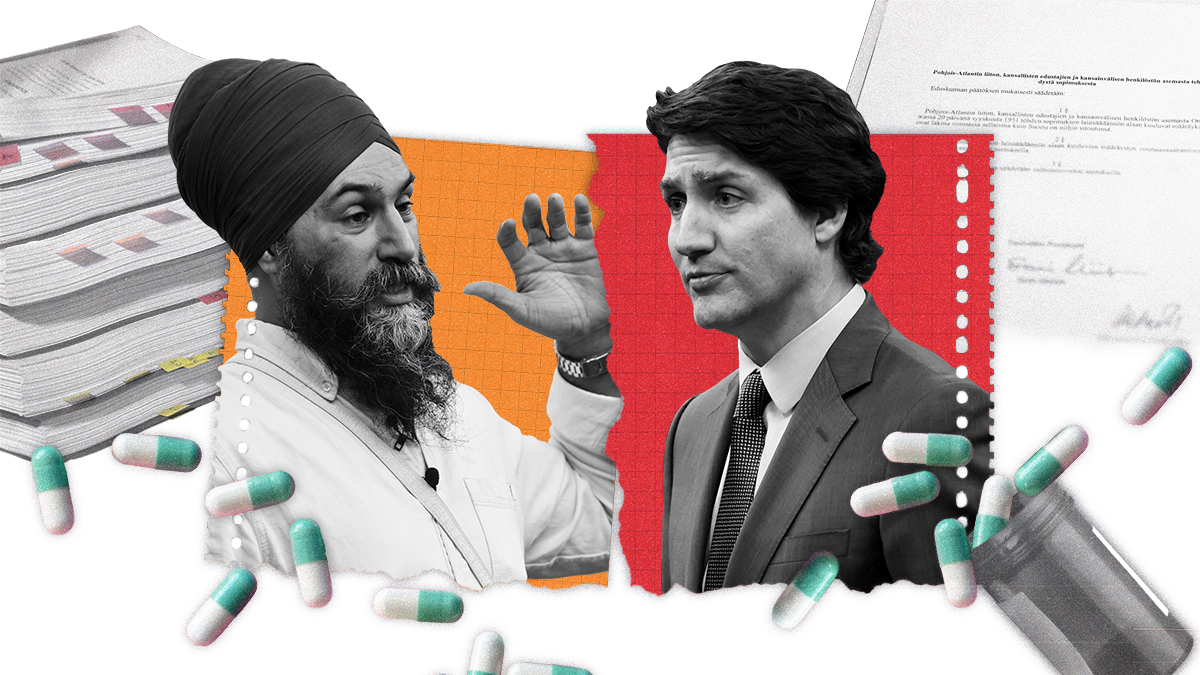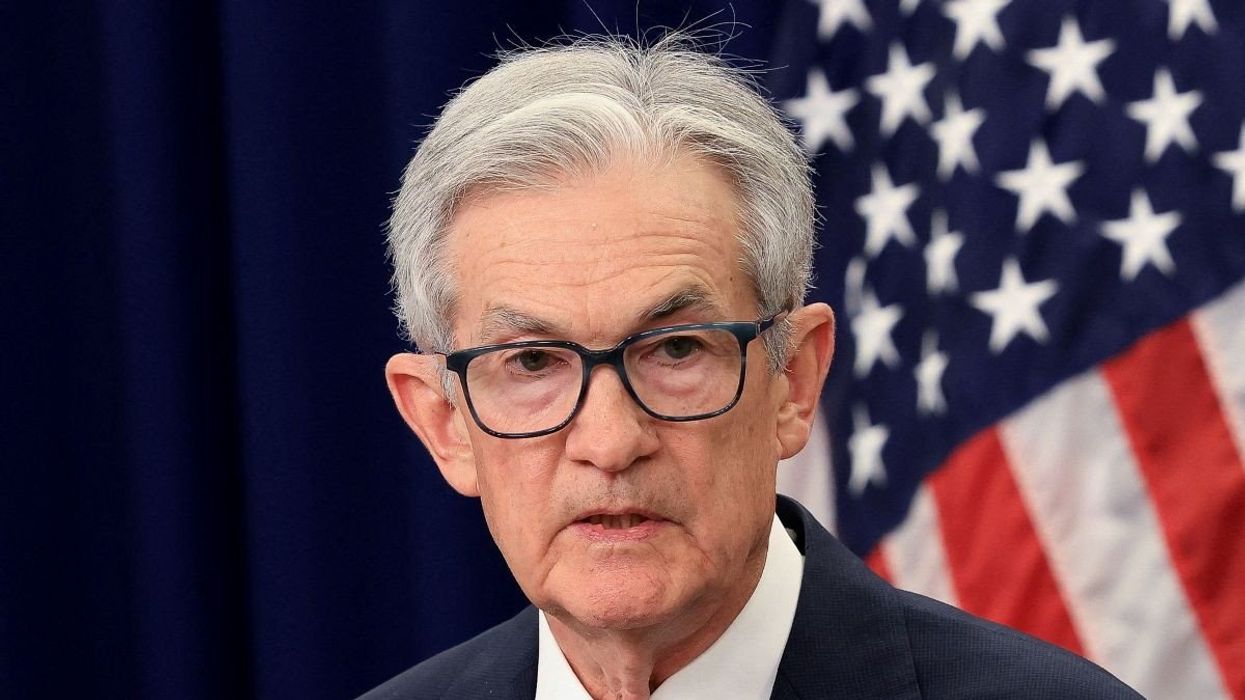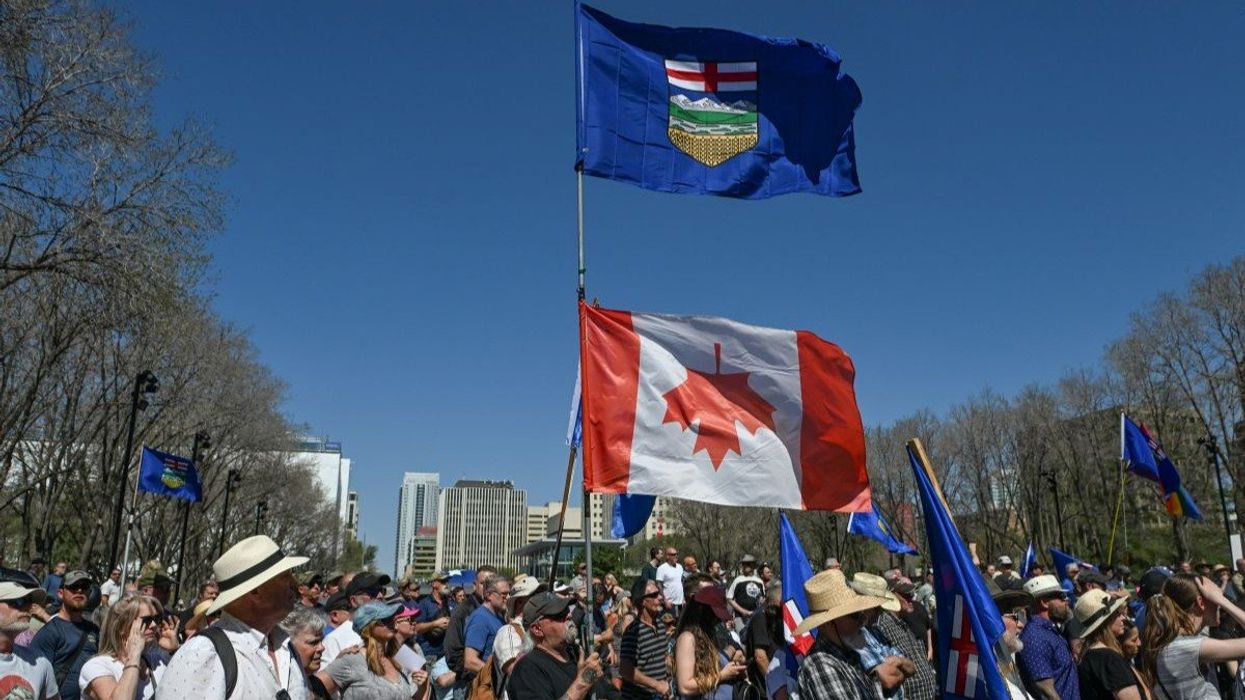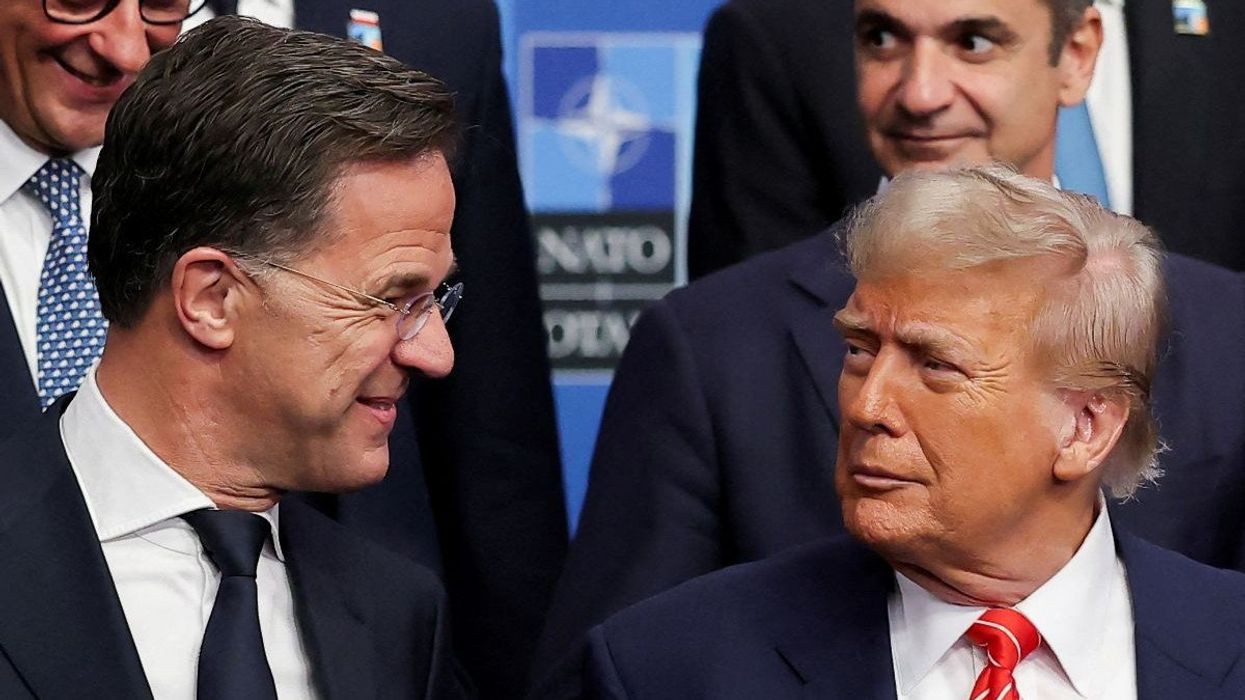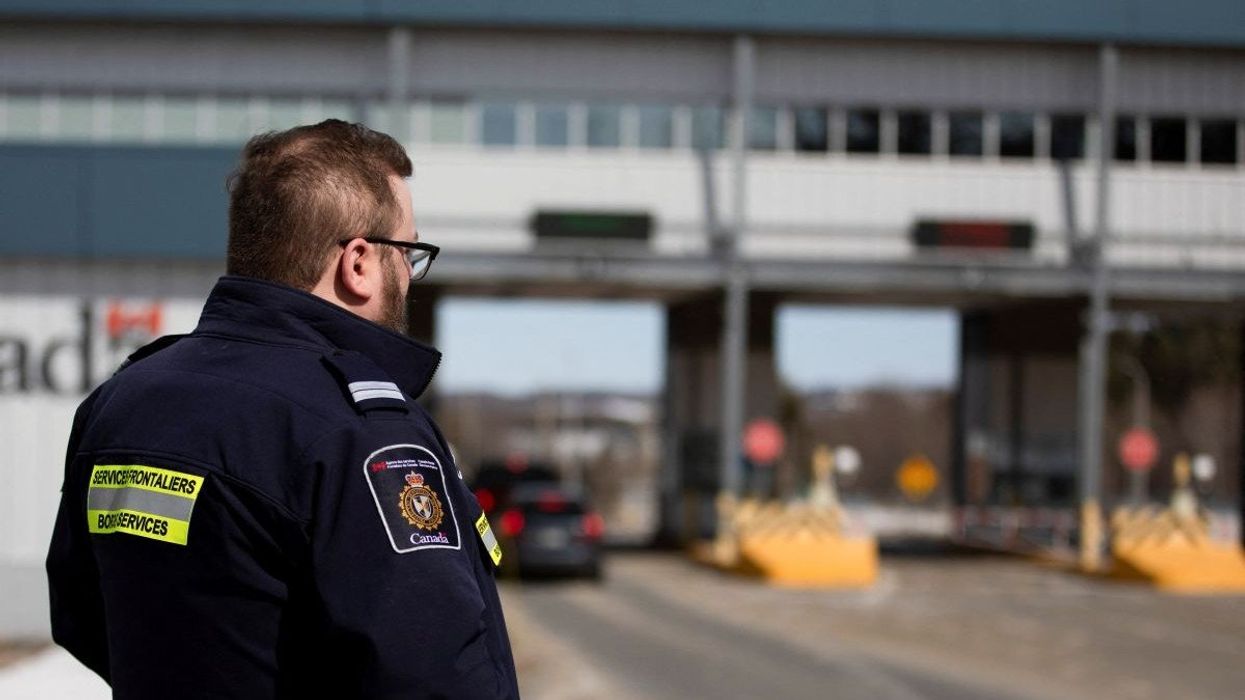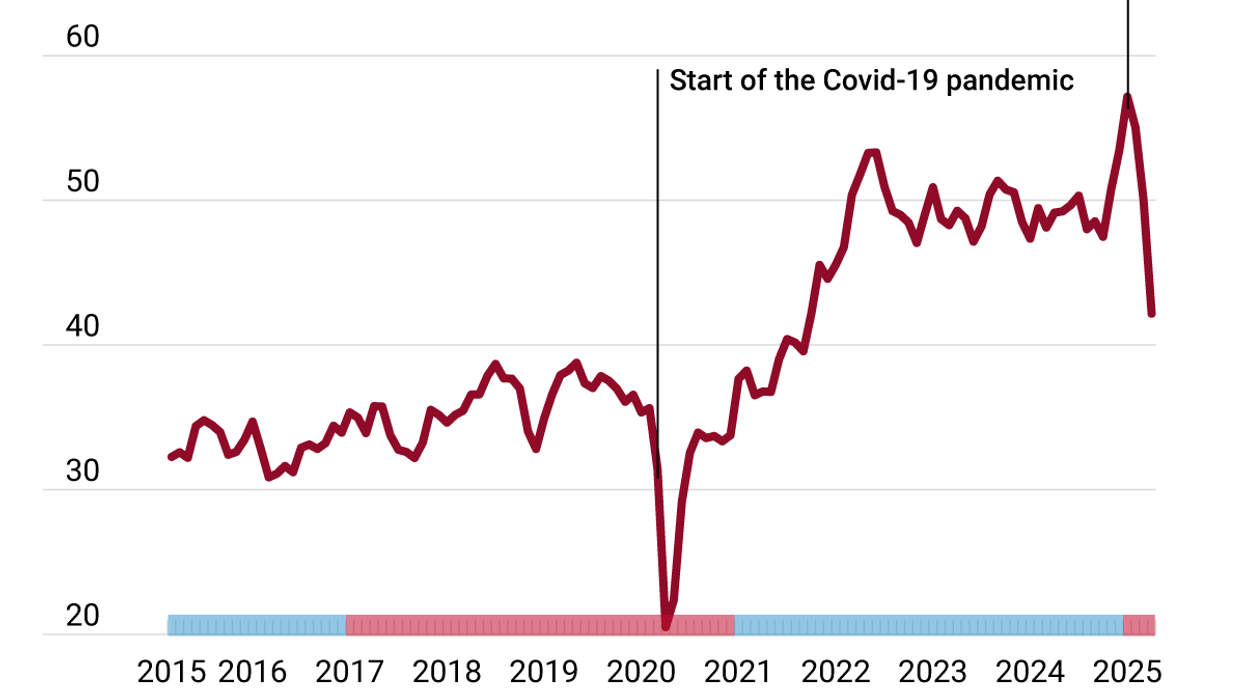The fight soon heads to Parliament
For years, the New Democratic Party has been pushing for a better pharmacare plan. The party is now in a supply and confidence agreement with the governing Liberal Party, which is relying on the NDP, in a minority parliament, for support and stability. The deal guarantees the NDP will support the government on essential bills which, if defeated, would bring the Liberals down and trigger an election. In exchange, the government has promised to legislate on key NDP priorities, including prescription drug care.
As part of their support deal with the Liberals, the NDP extracted a promise for a pharmacare bill, with a deadline set for the end of this year. But the party isn’t happy with the government’s efforts.
The NDP is demanding a universal public program that includes all Canadians. For years, the Liberals have proceeded with means-tested, non-universal programs. For instance, their recent dental care plan applies to households making less than CA$90,000 a year, with full, no co-pay coverage for those earning less than $7o,000 annually.
The party is meeting this weekend for its annual convention in Hamilton, Ontario, and the grassroots is demanding that it stand firm. We don’t yet know what’s in the government bill – we should know by next week or so – but we may be in for a showdown. If the government fails to deliver on pharmacare, party stalwarts want the NDP to withdraw its formal support of Trudeau – even if that risks toppling the government and sending the country to an early election.
So far, the Liberals have been hesitant to pursue a fully public prescription insurance plan, leaning more toward a stop-gap plan that would cover fewer Canadians than a universal plan. Rumors suggest Liberal negotiations with the NDP have been tense. Now, with the clock ticking, the bill is expected to reach Parliament in the next week or two. The Liberal-NDP deal stipulates that an initial bill must be through Parliament by the end of the year.
Are Canadian drugs cheaper than in the US?
Prescription drugs are, as a rule, less expensive in Canada than in the United States. According to Steve Morgan, a professor of healthcare policy at the University of British Columbia, that’s because the provinces, for years, have refused to negotiate confidential prices with drug makers – instead offering them “take it or leave it deals” to get on the provincial formulary, which outlines a list of approved drugs that are covered by insurance and at what cost.
“Provinces insisted on fairly transparent price reductions – list prices had to be reasonable for provincial coverage,” says Morgan. That provincial approach ended in 2010, but provinces have maintained lower pricing expectations than in the US.
In America, negotiations between drug companies and third-party insurance plan managers, known as pharmacy benefit management firms or PBMs, are done in secret and create a layer of bureaucracy and cost. So Canadian drugs are cheaper than American drugs largely because the latter are extraordinarily expensive. According to the Rand Corporation, US drug prices are more than 2.5 times higher than in 32 OECD comparison countries.
Struggles to afford medicine
While prescription drug costs are cheaper in Canada than the US, millions of Canadians still struggle to cover the cost of medicine. According to Morgan, while all Canadians receive core healthcare coverage in Canada, “we have a fragmented patchwork for people when it comes to prescription drugs.”
Provinces may have coverage for extreme drug costs for some, but plenty of prescriptions aren’t covered. One in 10 Canadians have no drug benefit coverage, Morgan points out, while another one in 10 are underinsured, which means they don’t get help from the government until they reach a 3 or 4% threshold of income spent on prescriptions.
“It’s not as bad as the United States,” Morgan notes, “but there are a million Canadians that do make financial sacrifices every year in order to pay for prescriptions.” Those sacrifices, he says, include cuts to their transportation, housing, and food budget, as well as borrowing from friends and family to pay for prescriptions.
Going north for prescription drugs
For the uninsured and underinsured in the US, things are also tough. In fact, some Americans regularly cross the border to Windsor, Ontario, to get their prescriptions filled. In 2019, while running for president, Sen. Bernie Sanders bussed a caravan of Americans to Canada to buy insulin at a tenth of the price it would cost them in the US.
That same year, the Department of Health and Human Services changed rules to allow the wholesale import of certain drugs from Canada, but states have to apply, and approvals have been slow. At the time, the change prompted concern from Canadian pharmacists, who worried about their capacity to meet domestic demand.
The whole import plan is different from individuals crossing the border or using online pharmacies – often illegally, since the Food and Drug Administration typically bans the import of drugs for personal use. But the number of Americans buying prescription drugs in Canada has declined from its peak two decades ago. In recent years, particularly because of the introduction of the Affordable Care Act and Medicare Part D, the number has dropped significantly.
Morgan says a universal, single-payer program in Canada would bring down the cost of drugs by 25% on average – that’s the influence of having a single drug purchaser. But that might not matter for Americans. It will depend on how the plan is structured. The US tends to have better generic prices on drugs already, he notes, so changes probably won’t matter on that front.
If list prices for brand name drugs don’t change under a new pharmacare plan, institutional purchasers in Canada will negotiate rebates after buying the drugs at list price – which wouldn’t apply to American buyers. If they do, then prices could decline for Americans.
Is Trudeau’s government on the line?
If the Liberals fail to deliver a universal, single-payer pharmacare bill, the NDP will be stuck choosing between backing down and alienating their supporters, or pulling their support of the government. If the latter comes to pass, that will put an unpopular Trudeau government on thin ice.
Canadians are due to head to the polls in the fall of 2025, but if the NDP pulls its support of the government, that could increase the probability they hit the ballot box earlier. The Liberals certainly don’t want that, though the Conservatives might not mind an early election, especially if someone else gets blamed for it.
Most Canadians – a whopping 90% of them – do want a universal pharmacare plan. You would think that would leave the Liberals with an easy choice, but their past insistence of half-measure programs and current pharmacare intransigence suggests otherwise.
